In Carroll Gardens, Organic Stores Arrive as Stoop Culture Fades
For its latest “Living In” column, the New York Times took a look at what it is like to live in Carroll Gardens, from the neighborhood’s Italian roots to today’s expensive brownstones and condo developments. The number of Italian Americans living there declined from 52 percent in 1980 to 22 percent in 2012, as the median…
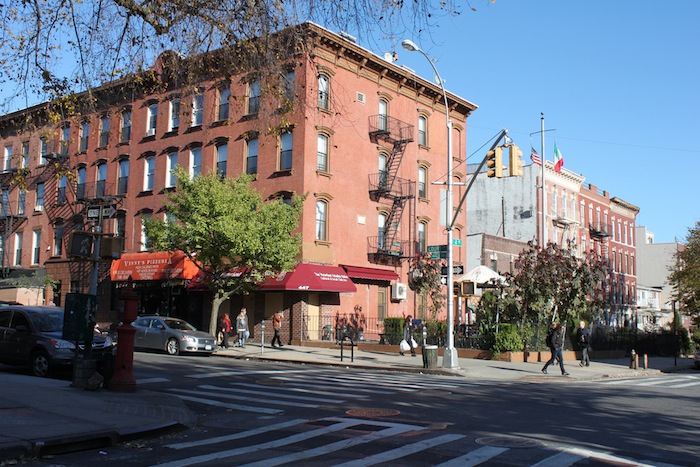

For its latest “Living In” column, the New York Times took a look at what it is like to live in Carroll Gardens, from the neighborhood’s Italian roots to today’s expensive brownstones and condo developments. The number of Italian Americans living there declined from 52 percent in 1980 to 22 percent in 2012, as the median household income rose to $95,600 from $40,663.
And the Sackett Union development has altered the low-rise feel of Court Street, bringing a 32-unit condo building to Court and 11 townhouses to Sackett and Union, said the story. The paper interviewed blogger Katia Kelly of Pardon Me For Asking, who noted the neighborhood rallied around downzoning building heights in 2009 to protect Carroll Gardens’ small-town atmosphere.
How do readers living in the area feel about the neighborhood?
Living in: New Roots in Carroll Gardens [NY Times]
Photo by Joseph A

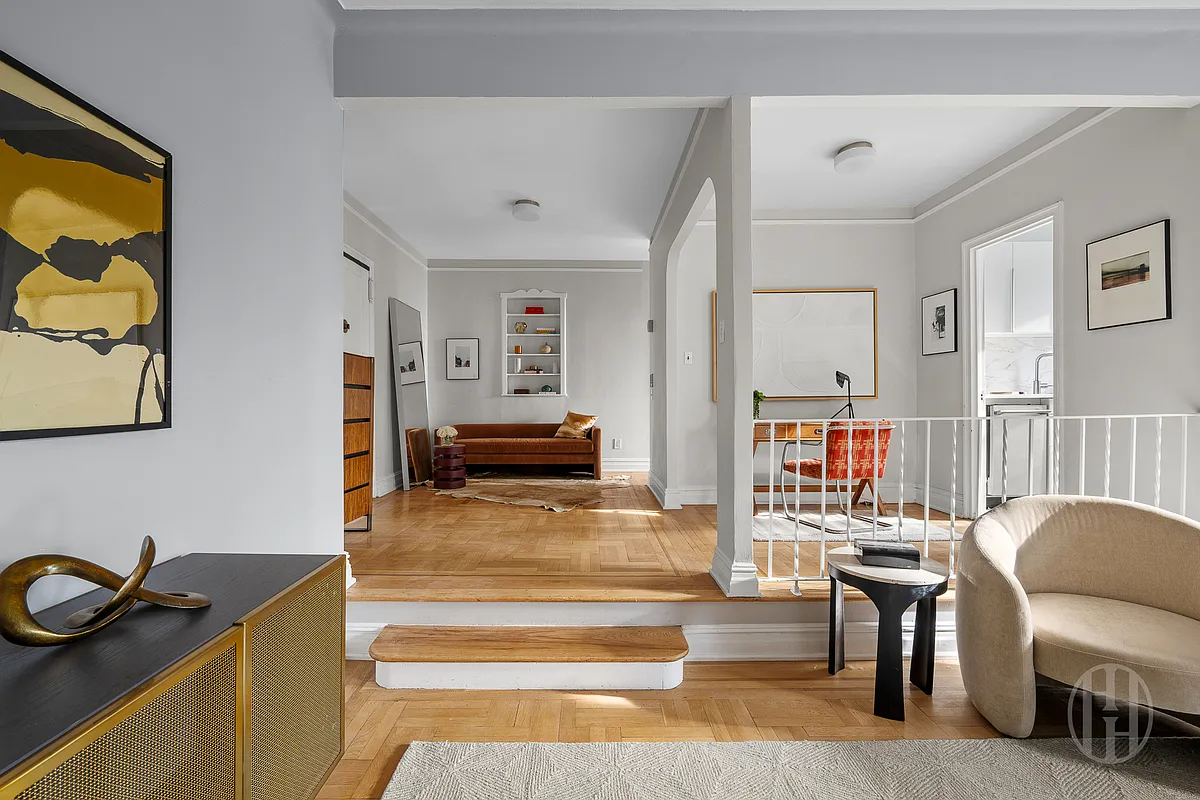
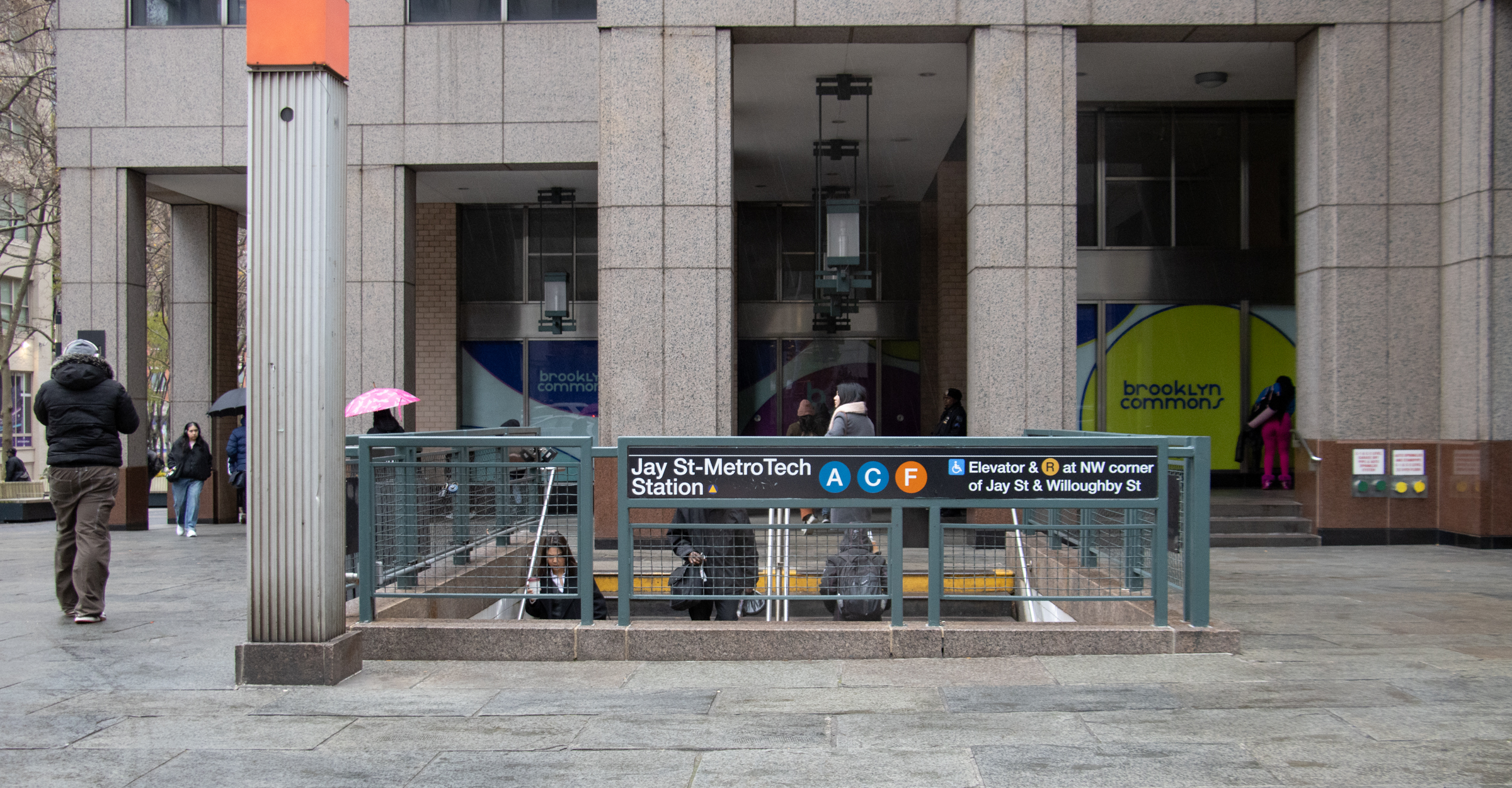
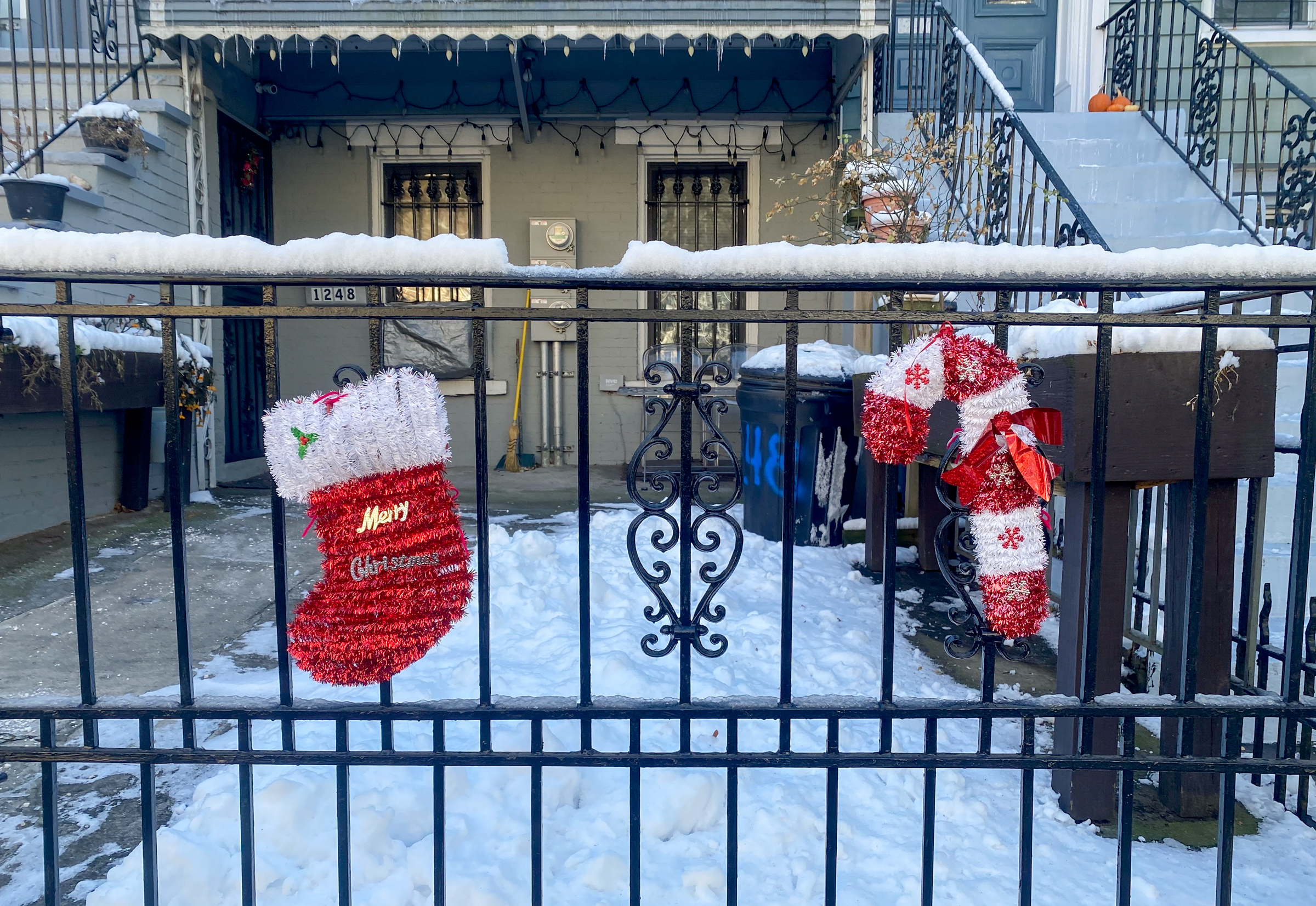
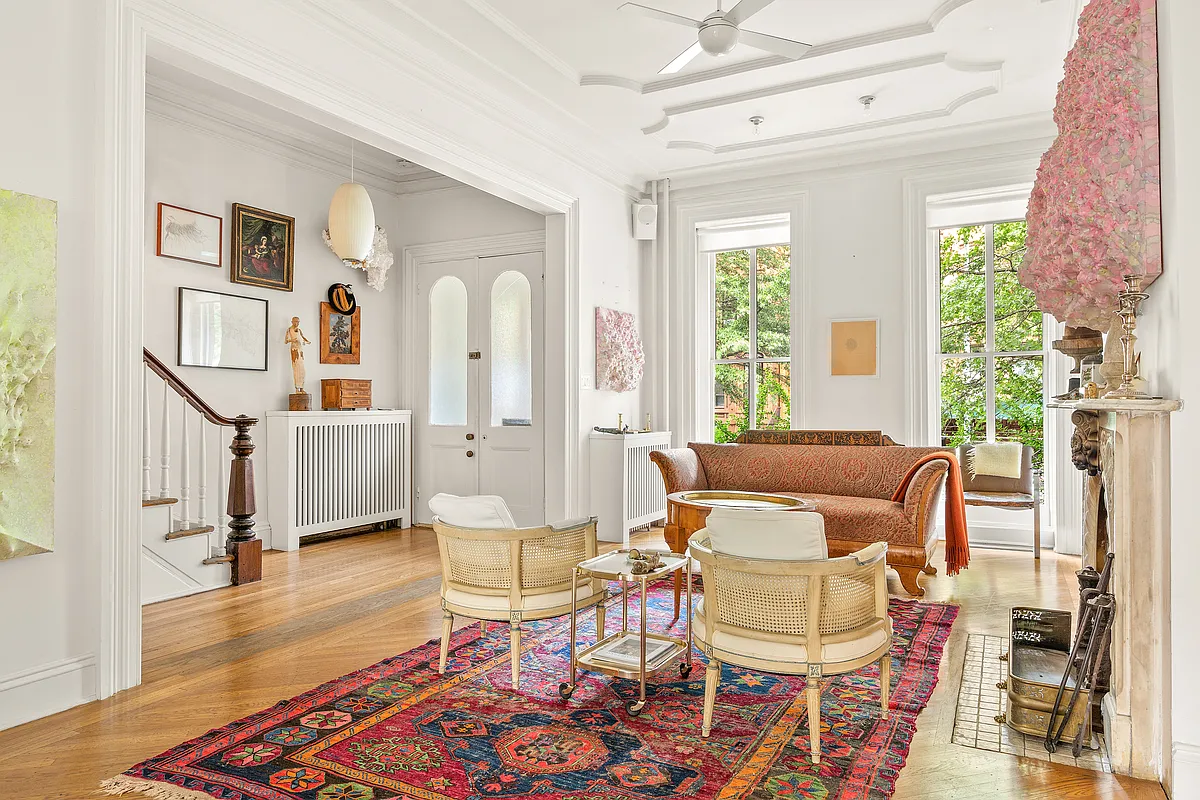
How can you ‘displace’ somebody — when they have already moved and you either rent an empty apt or buy
a house? Someone chose to leave (or they died possibly).
Maybe you do need a shitload of money to buy a house in CG or other neighborhoods these days — but most people living in the neighborhood don’t own a house or even a condo. Most people are renters.
Nostalgia is great but don’t overdo it. I don’t know that CG has changed more than any other neighborhood here or any other city in the nearly 40 years I have been here (couple of blocks north). More chain stores is norm for all of america — we are just slower getting them than most other places.
well said EJR, working out in areas like flatbush where “gentrification” still hasnt caught on like it has in BH or PS there are still plenty of local spots and well locals, but I dont find those areas anymore or less interesting than the old CG nabe or elsewhere. Its like if you take tour of a museum you have never been to its more interesting the first time than the second time, but once you are around it for a bit its all the same, just more cops in the rougher hoods. The more corporate neighborhoods are quieter during the day since everyone is at work but I guess that makes hard working professionals from all walks of like less interesting than the artist who sits on their ass half the day in the park trying to get inspired.
La plus ça change. Notably, the big players in the neighborhood haven’t changed in over thirty years. They are the ones who determine land use policy, why Norah Jones gets to install windows on her landmarked house and you don’t, and even who gets elected to some extent.
Croque Madame sandwiches are delicious. (They’re like grilled cheese but with ham and an egg). Bon!!
I was walking down court once and this dude asked me if I was interesting. I gave him a dollar and put my earbuds back in
Well authenticity and diversity are just novelties some people like to spout off about when talking to their manhattan friends.
But when push comes to shove – those same people are driving to whole foods to do their shopping and shipping their kids off out of their interesting neighborhood for school.
I think you’re interesting
I am happy about the urgent care center that will be in the Sackett Union commercial space and also for Dr. Masi’s new office. We can certainly use both.
Jonny-on-the-pony??